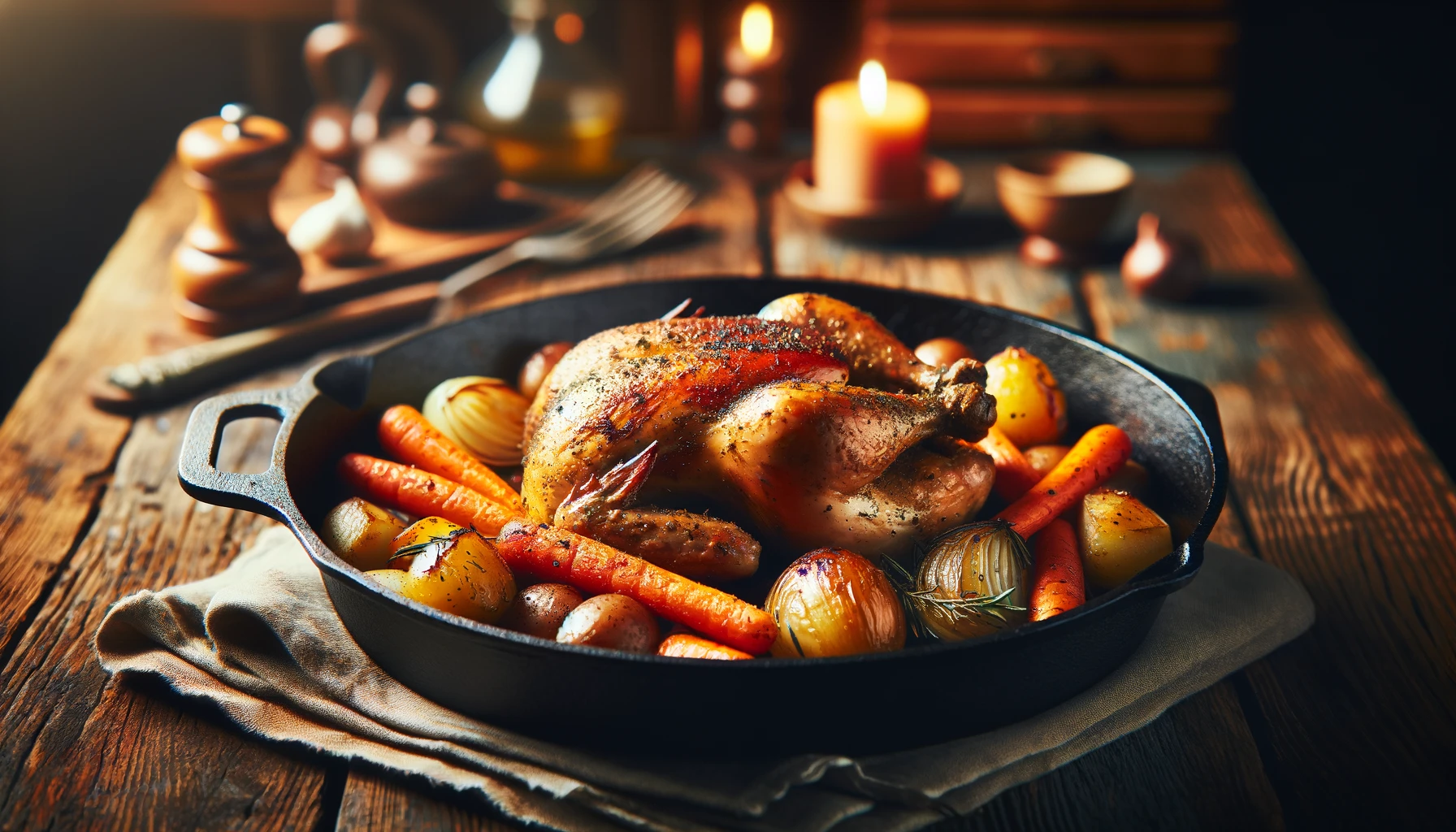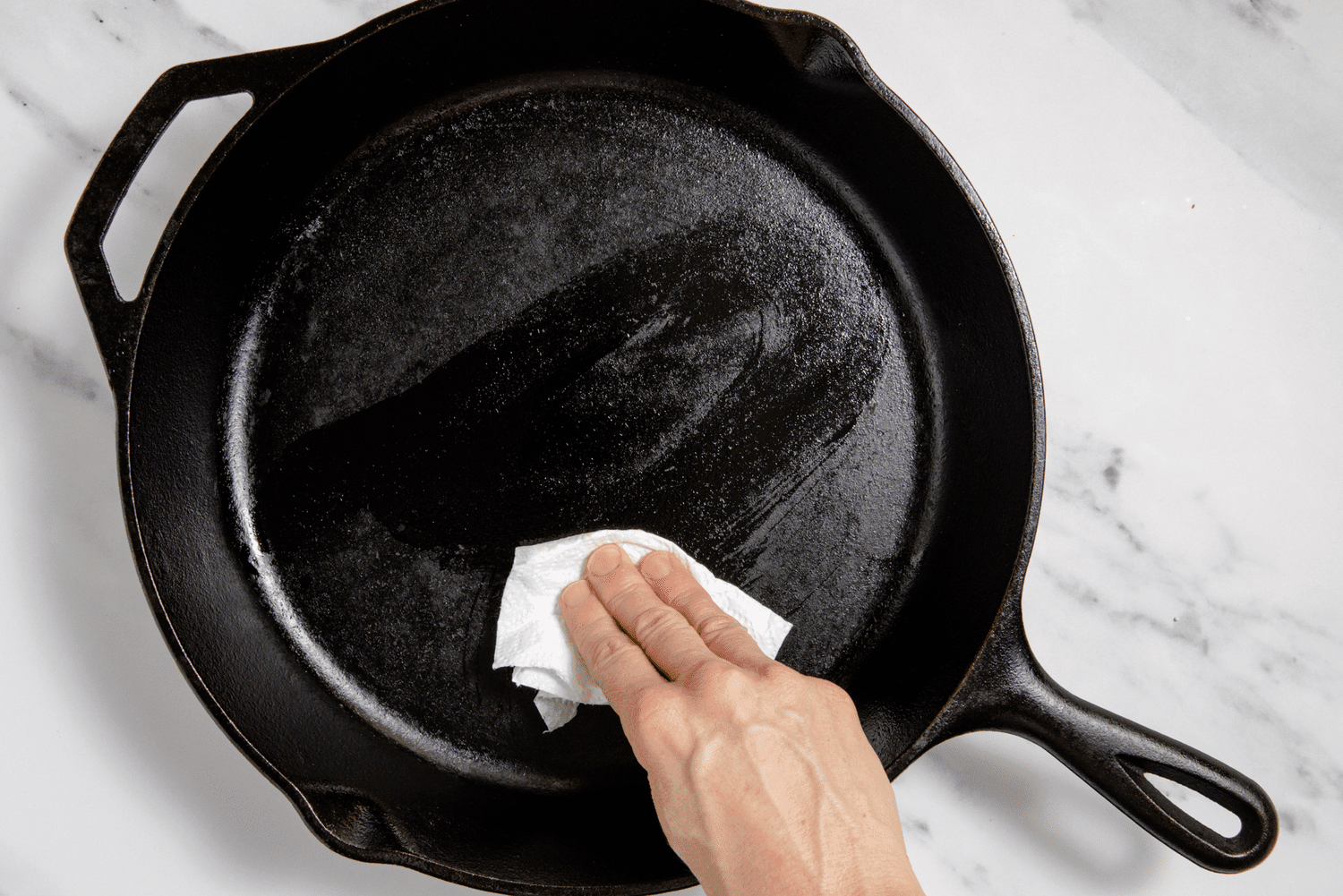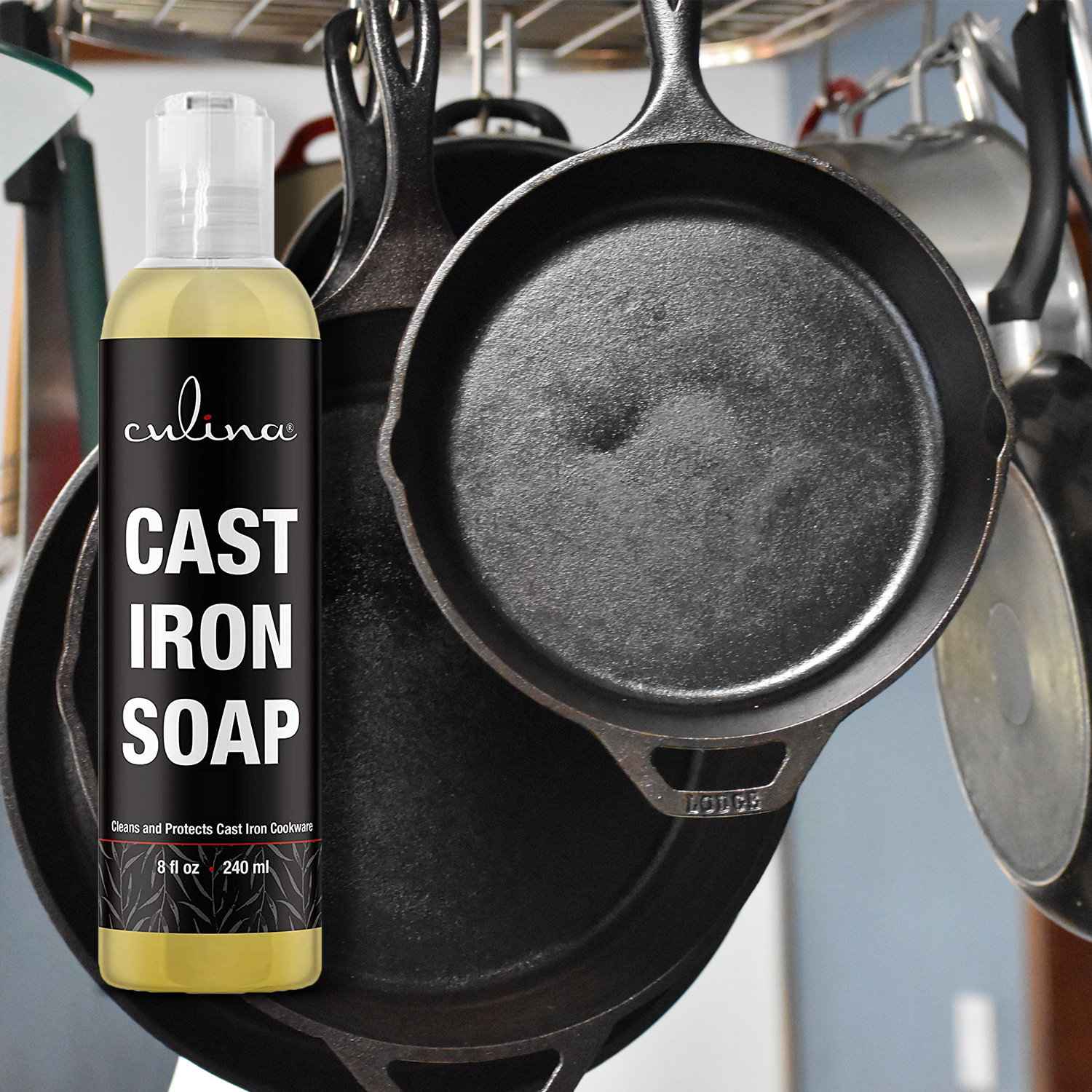Cooking pork chops in a cast iron skillet is a delightful and efficient method that brings out the natural flavors of the meat. Understanding the intricacies of this cooking technique can elevate your dish from ordinary to extraordinary. In this comprehensive guide, we will explore various aspects of preparing, cooking, and serving pork chops using a cast iron skillet.

The Importance of a Cast Iron Skillet
A cast iron skillet is a versatile and durable cooking tool that evenly distributes heat. This characteristic makes it ideal for cooking pork chops, searing them to perfection, and ensuring they are cooked through evenly.

Selecting the Right Pork Chops
Types of Pork Chops
There are four main types of pork chops: rib chop, loin chop, boneless chop, and shoulder chop. Each type has its unique attributes, and choosing the right one depends on your taste preference and cooking method.
Thickness Matters
Opt for pork chops that are at least 1-inch thick. Thicker chops retain moisture better and are less likely to dry out during the cooking process.

Preparing Pork Chops
Seasoning
Season your pork chops generously with salt, pepper, and other spices of your choice. Herbs such as rosemary and thyme add a wonderful aroma and flavor to the meat.
Brining
Consider brining your pork chops. Brining helps to lock in moisture, making the chops juicy and tender. A simple brine can be made with water, salt, and sugar. Soak the chops for at least 30 minutes to a few hours.

Cooking Techniques
Preheating the Skillet
Ensure your cast iron skillet is preheated properly. Heat it over medium-high heat for about 5 minutes. A well-heated skillet ensures a nice sear on the pork chops.
Searing
Add a small amount of oil to the skillet. Place the pork chops in the skillet when the oil is shimmering. Sear each side for about 4-5 minutes until a golden-brown crust forms.
Finishing in the Oven
Transfer the skillet to a preheated oven (375F) to finish cooking. This ensures that the pork chops are cooked through without burning the outside. Depending on the thickness, this may take an additional 10-15 minutes.
Ensuring Perfect Doneness
Using a Meat Thermometer
Use a meat thermometer to check for doneness. The internal temperature should reach 145F. This ensures the meat is safe to eat while staying juicy.
Resting the Meat
Let the pork chops rest for about 5 minutes after removing them from the oven. This allows the juices to redistribute throughout the meat, making it more tender and flavorful.
Serving Suggestions
Side Dishes
Pork chops pair well with a variety of side dishes such as mashed potatoes, steamed vegetables, or a fresh salad. The choice of side dishes can complement the flavors of the pork chops.
Sauces and Garnishes
Add a sauce or garnish to enhance the dish. A simple garlic butter sauce or a sweet apple chutney can add an extra layer of flavor.
Cleaning and Maintaining Your Cast Iron Skillet
Proper maintenance of a cast iron skillet is crucial for its longevity. Refer to Cleaning Tips for guidance on keeping your skillet in top condition.
Common Mistakes to Avoid
Avoid overcrowding the skillet, as this can cause the pork chops to steam rather than sear. Also, refrain from flipping the chops too frequently. A good sear requires undisturbed cooking.
Frequently Asked Questions
How long should I cook pork chops in a cast iron skillet?
Cook pork chops for about 4-5 minutes per side to sear, and finish in the oven for an additional 10-15 minutes.
What is the best way to season cast iron skillet for cooking pork chops?
Ensure your cast iron skillet is well-seasoned before use. This can be done by applying a thin layer of oil and heating it to high temperature.
Why is my pork chop tough?
Tough pork chops can be a result of overcooking. Ensure you cook the chops to an internal temperature of 145F to keep them juicy and tender.
As an Amazon Associate, I earn from qualifying purchases.

